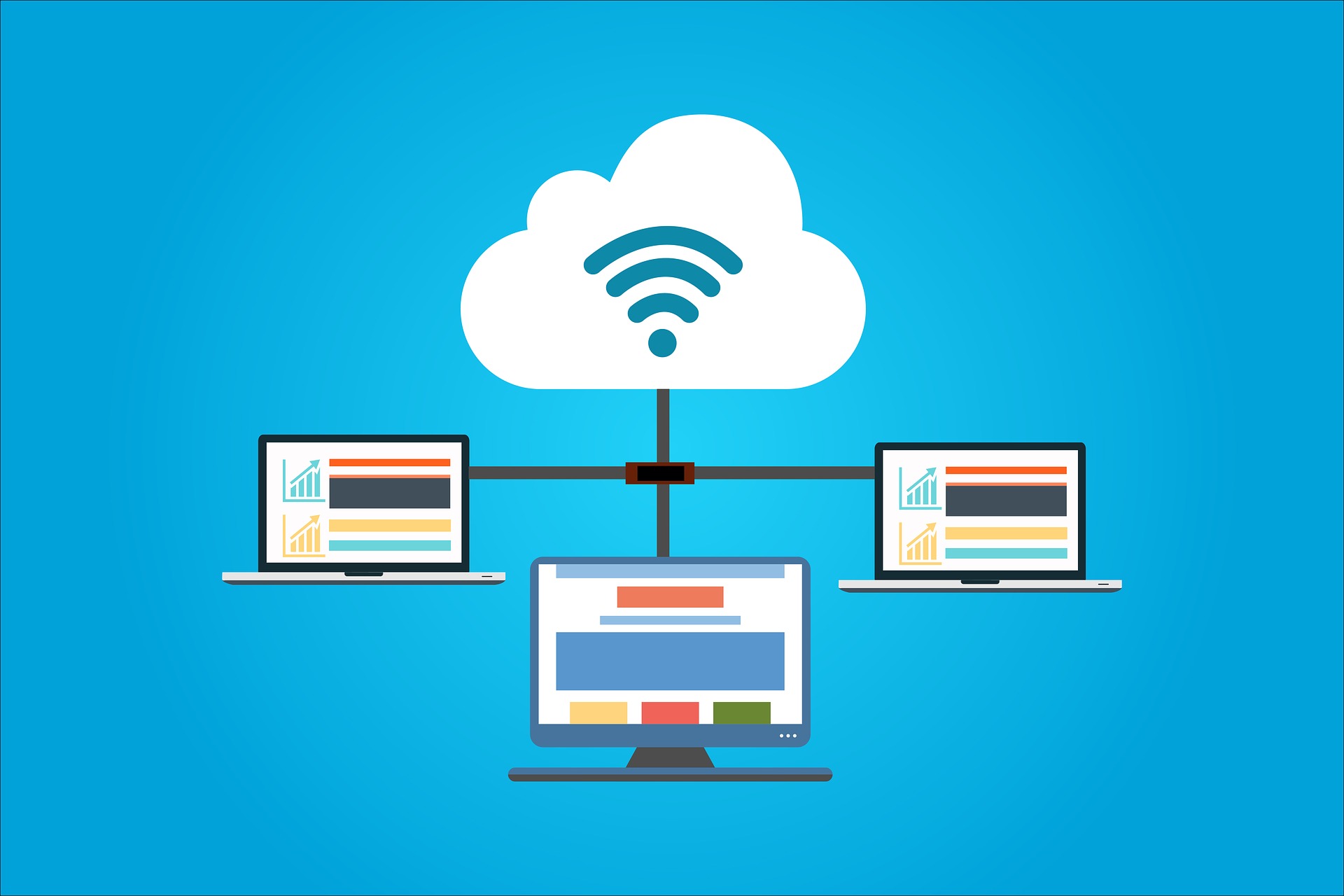Alex Lane, revenue growth manager at zsah, discusses why it is crucial to implement DevOps into your business not only to survive but to thrive.
One of the biggest headaches of any established IT leader today is managing cross-functional teams to develop and deploy software in good time. Not only does their work have to be continuously operational to stay productive, but it also needs to save the business money and time, all while fixing a never-ending cycle of bugs.
Therefore, IT management leaders often feel like they are chasing the impossible without a robust DevOps process in place, which is to the benefit of the entire organisation. DevOps is known for its modern software engineering paradigm that is gaining widespread adoption across many industries, bringing software changes in production with high frequency and efficient feedback cycles.
What is DevOps?
DevOps (development and operations) practices help you plan how both teams can work cohesively to deliver your company’s products and services, meet customer needs, and stay ahead of your competitors. It allows cloud computing to merge software development, deployment, and operations. In short, it is a set of tools that enables safer, faster handling of any IT software delivery. One of the main goals of DevOps is to integrate better development and operational personnel to improve organisational efficiency.
Yet, according to Gartner, 75% of DevOps initiatives have not met expectations by the beginning of this year due to inefficient collaboration, lack of buy-in from employees, trying to do too much quickly, and unrealistic expectations. So, why is it still a process that puts businesses into a flurry of uncertainty when they cannot do it? To answer that, we must take a focused look and analyse the resounding benefits that DevOps can bring:
Improving the security of your software
DevOps provides a combination of collaborative and multidisciplinary efforts of an organisation allowing for the control of continuous delivery along with the update of new software while guaranteeing their accuracy.

Your IT security team is directly involved in the software development cycle from the start of the process rather than the deployment stage. They are there from the very beginning where the foundation of your product development and its essential that security be a collaborative process. DevOps makes this possible so that any outdated security practices do not have to be integrated into the infrastructure independently, cutting out lengthy back and forth communications and glitches interfering with the ongoing peaks of customer demand. In other words, it is the go-between to improve collaboration efficiency throughout the business, allowing for stability of simultaneous processes.
A subset of DevOps is DevSecOps which will combine development, security, and operations across your products and services, improve your capabilities for delivering quality, and, most importantly, meet client expectations. Building your security through a seamless system in which bugs and other issues can be addressed almost unnoticed to the untrained eye makes sense. Therefore, managers should first identify these roadblocks and address them before applying DevOps practices in their organisations. Overall, development, operations, and security teams should work as a unit to reach a consensus that reduces the time between releases while upholding all the necessary security and legal requirements.
Addressing the bugs
Handling bugs in DevOps can be beneficial in the software development process, as detecting and addressing the bugs are the priority of any IT department, disruptions need to be handled quickly and efficiently. This can only be done through immediate action where all departments involved can act fast as a unit. Yet the beauty of this is that the process can be continuous rather than reactive and thus can improve the quality of your software when deploying new features allowing you to make changes rapidly. Bug tracking is a constant and tedious process with new bugs coming in while teams deal with current bugs. Increased bugs can de-track or halt development.
Without a system in place that enables the smooth path of communication between workforces, productivity is drastically slowed to an uncomfortable halt, leading to an often-damaging customer experience. DevOps as a system allows for an inclusive and balanced proportion of input from people, tools, and automated processes, allowing for bugs to be addressed simultaneously.
Improving the customer satisfaction ratings
A significant benefit of adopting DevOps practices is that it can lower the failure rates of new features while improving recovery time simultaneously. The continuous deployment, testing, and feedback loop ensure faster service delivery and happier customers overall. The development team can create superior products by automating the software pipeline while the operations team can improve business delivery. This allows businesses to maintain stability across operations while focusing on business growth.

The faster delivery of your products and services should not be a pipe dream only fit for those who understand DevOps and are willing to do the homework for successful implementation. Businesses should feel confident in grasping the nettle if they want to stay ahead of the ever-growing field and embrace the cloud with all its complexity. So, a single team crossed with functioning members provides technical advantages and cultural benefits. This allows organisations to be more adaptive and data-driven for better alignment with clients and business goals.
So, if planning on increasing your customer satisfaction and positively impacting your bottom line is on your business priority list, then implementing a DevOps process that works can not only save the IT headache but allow you to brighten your business horizons in the process further. With 60% spending less time handling support cases with its adoption, DevOps has an increased impact on software development culture-making development teams aware of operational faults, responsible for quality assurance, and accountable for deployments.
The author is Alex Lane, revenue growth manager at zsah.
Comment on this article below or via Twitter: @IoTNow_OR @jcIoTnow










